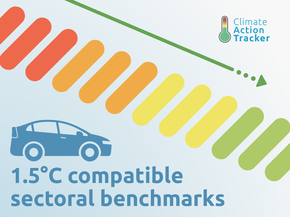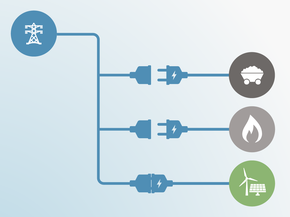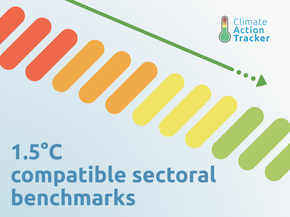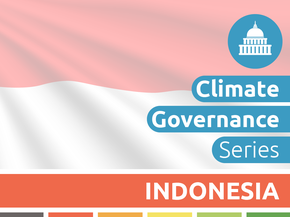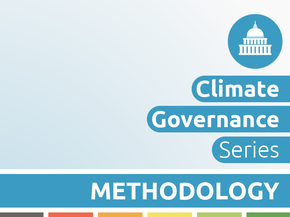Country summary
Overview
Indonesian energy policy is going against the global trend where renewable capacity additions have overtaken coal. Indonesia’s new updated energy plan, released in 2018, foresees overall lower capacity additions than previously, but still adds 27 GW of coal-fired power in the next ten years and only 15 GW of renewables over the same period. Planned capacity additions for both gas and renewables have been slashed in favour of coal, and most of the planned renewables come in well after 2020, while a significant share of the planned coal will be commissioned in the next five years. Over the past five years, Indonesia’s coal capacity has already increased by 13.6 GW compared to 1.8 GW of renewable energy. By continuing on this high carbon path, Indonesia is risking significant stranded assets in both domestic coal production and coal power plants.
Indonesia’s emissions have increased at a faster rate between 2012- 2014 than previously. Whilst there has been a peak in forestry-related emissions, mainly from peat fires, there has been a rapid upward trend in energy-related emissions, linked to a fast- increasing energy demand and continued dependency on fossil fuels.
In November 2016, Indonesia submitted its Nationally Determined Contribution (NDC), including a target of reducing GHG emissions including land use, land use change and forestry (LULUCF) by 29% or 41% conditional on international support below BAU in 2030 (roughly equivalent to doubling today emissions levels). Based on this target, we rate Indonesia’s target excl. LULUCF “Highly insufficient”. To be consistent with the Paris Agreement temperature goal, Indonesia’s emissions (excl. LULUCF) should be stabilising, if not beginning to decline, by 2030.
While Indonesia’s relative reductions below business as usual (BAU) anchored in its Nationally Determined Contribution (NDC) sound ambitious, a second look reveals a different picture for two reasons: first, Indonesia aims to meet a large share of its commitments through reductions in the forestry sector. This means that other sectors will see substantially lower relative reductions of emissions below BAU. Second, the BAU for the targets projects an increase substantially above our projections under current policies. In fact, Indonesia will achieve its targets without any additional efforts while still doubling today’s emissions (excl. forestry).
The National Energy Policy (NEP), also mentioned in the NDC, has a target to increase renewable energy to 23% of total primary energy supply (TPES) by 2025. If Indonesia achieved this share, it would exceed its NDC target. Indonesia’s NDC could be easily strengthened by explicitly including the envisioned share of renewable energy. Under current policies, Indonesia will not yet meet the NEP target.
Further analysis
Country-related publications
Stay informed
Subscribe to our newsletter

